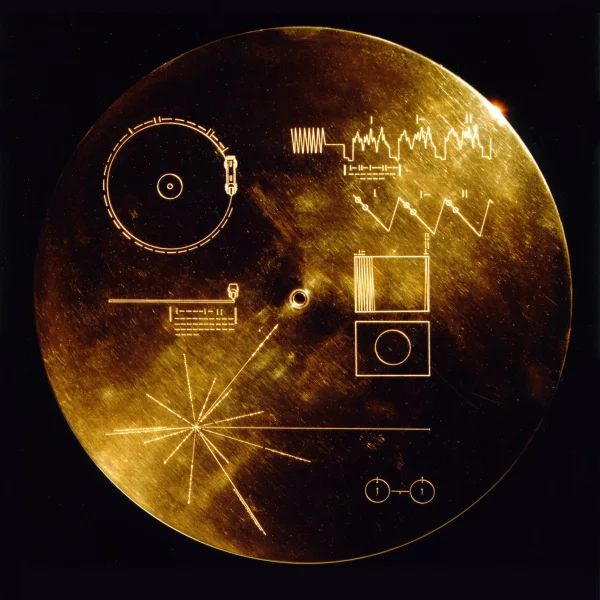Letter to the Editor: The Christmas Conundrum
By: junior Nathan Erbert
In the final weeks of a politically and socially polarizing 2018, some notable members of the media have taken it upon themselves to destroy the last thing they haven’t yet—Christmas.
The hit Christmas song from 1944, “Baby, It’s Cold Outside,” and the classic stop-frame animation, “Rudolph the Red-Nosed Reindeer,” have been under attack in recent weeks. Let me make myself clear that I have no problem with members of the media, or anyone for that matter, raising a legitimate concern about a potentially harmful trend in society. If you wish to say that “Baby, It’s Cold Outside” or “Rudolph the Red-Nosed Reindeer” are two of the most execrable pieces of artistic expression that have ever graced this planet and that they deserve to be obliterated, I’m fine with that.
What I do have a problem with, however, is when these people intend to force their beliefs onto me when they themselves remain cognitively dissonant and when their beliefs are self-defeating. Let me explain. “Baby, It’s Cold Outside” has been a Christmas classic since its inception and this is not the first year that it has come under attack.
All the way back in 2012, the left-of-center magazine, Salon, published an article entitled: “Is “Baby, It’s Cold Outside” a date-rape anthem?” which describe how some of the lyrics of the song come across as rape-like. They believe the male voice in the song is not accepting the females “no” of wanting to go home after their evening date. One of the biggest lyrical pieces that is criticized is when the female part sings “say what’s in this drink?” The claim that critics of the song are making is that this line could be a reference to the male slipping something into the female’s drink. It is important to note that this song was made in the 40s, so the chances that this lyric is a reference to the male slipping a date-rape drug or anything else into the drink are probably slim to none.
Also worth noting, the 40s represented a decade which had a little more class and honor in its approach to courting than most of the present age. The above mentioned Salon article makes the comparison of the man being a predator and the female being prey and that the male eventually becomes “sinister.” The article goes on to say that “Ultimately there’s something sinister about the song’s playful ambiguity, as we’ll never truly know if she wants to stay or if it’s just the roofie talking.”
This synopsis may not be as clever as one might think considering that “roofies,” otherwise known as Rohypnol, are thought to not have been used illicitly until the 70s in Europe and the 90s in the U.S. Nevertheless, the actual problem with this statement is that it concurs with the very point I’m trying to make. The lyrics of this song are ambiguous. The same standard as to which people are looking through this song with a fine-tooth comb are not the same as to how they dissect any other song. “Baby, It’s Cold Outside” is taking hits and is being taken off radio stations for ambiguous lyrical content while the media gives plenty of playing time and platforms to rappers who sing explicitly—not implicitly—sexual lyrics.
I will concede that if you wish to apply the overly sensitive criteria for speech that we see in the #metoo movement era, then you can make a case for how the lyrics may sound perverse. I don’t deny that. However, applying modern societal views to a song written in a complete different time period is intellectually lazy. As I explained before, I don’t care if radio stations want to stop playing this song or if people want to call this song perverse; that is their prerogative. Why can’t we apply the same standards to everything though?
In the case of Rudolph, the HuffPost recently tweeted out a video that makes the assertion that “Rudolph the Red-Nosed Reindeer” includes themes of racism, bigotry, bullying, and other various horrendous themes. The point behind these concerns is that through the movie, Rudolph is marginalized, bullied, and even discriminated against. This is so scarily accurate that it actually happens to be the plot of the entire story. Rudolph certainly is bullied and marginalized, but if you finish the movie (which it seems like no one who wrote this stuff did) you will find out that Rudolph is eventually accepted and finds out his differences are the very things that make him so valuable. That sounds like a pretty good story doesn’t it? Wrong. Racist. Why is it that Rudolph, a beloved cartoon, is called racist, but Margret Sanger is not typically included in a list of racist people even though she was quoted saying “We don’t want the word to go out that we want to exterminate the Negro Population…”? She gets a free pass though, because she popularized birth control and founded Planned Parenthood. Also, to make another comparison, why does no one talk about the obviously obscene and concerning themes in “Fifty Shades of Grey,” but they point out how bad Rudolph is?
In conclusion, the point I am attempting to make is that we live in an overly sensitized society that represents the boy who cried ist or ism. Not everything is racist or sexist or an example of fascism. Our societal moral compass has not just been simply flipped upside down, but it turns out that there are no longer directions on it, and the needle only points in a direction that doesn’t offend anybody. When you use the same terms that you apply to Hitler, such as racist or bigoted, to describe “Rudolph the Red-Nosed Reindeer” the words no longer hold meaning. So I, unlike some, don’t think that America is a horrible place to live, and I am going to soak in and enjoy my Christmas.
20nerbert@usd489.com

Madison Weber is a junior and this is her third year in newspaper. She is ecstatic to be the online editor-in-chief and she plans to strive for Pacemaker...





